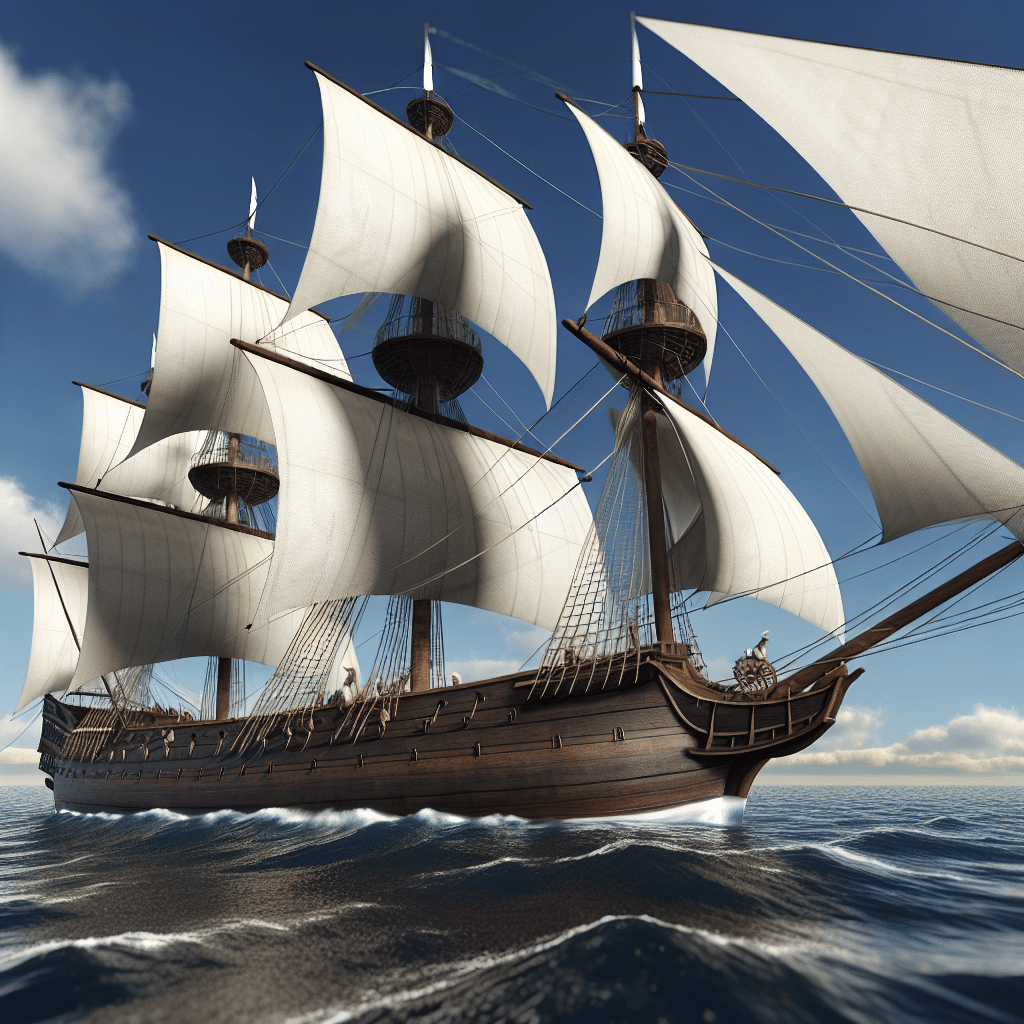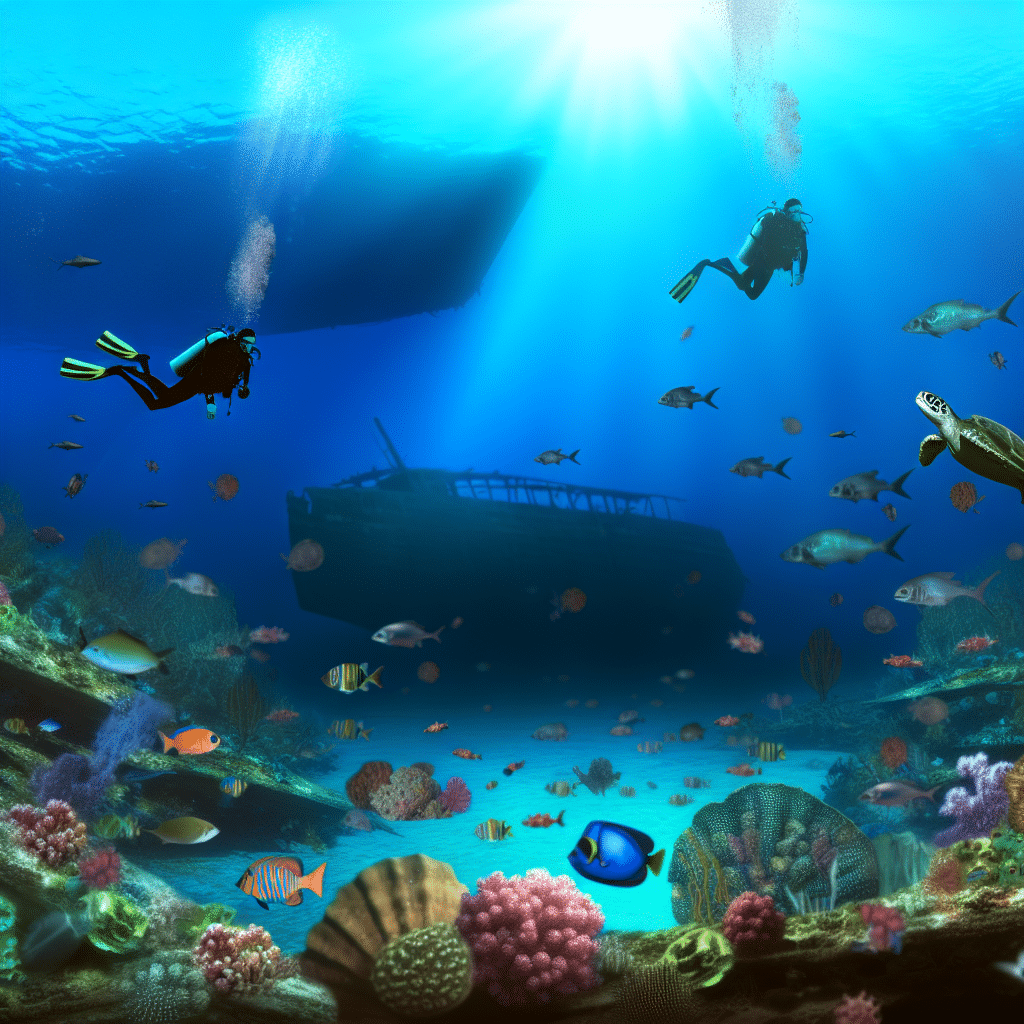When one imagines the golden age of exploration, there is nothing quite as evocative as the image of an old sailing ship cutting through the waves. These majestic vessels, with their billowing sails and creaking timbers, played a critical role in shaping the course of history. From merchant ships to mighty warships, old sailing ships were the workhorses and warriors of the seas. But what makes these ancient mariners so fascinating?
What Made an Old Sailing Ship a Marvel of its Time?
Engineering Marvels
The construction of an old sailing ship was a complex and labor-intensive process that required immense skill. The hull, made from strong oak or pine, was crafted to withstand the harsh conditions of the sea. Shipbuilders used intricate joint work and waterproofing techniques to ensure the vessel’s longevity. The rigging, usually made from hemp, was designed to harness the wind effectively, propelling the ship forward. Each ship was a testament to the engineering prowess of its time, a floating masterpiece of human ingenuity.
Navigational Innovations
Navigating the vast and often treacherous oceans required more than just skilled sailors; it required advancements in navigational tools and techniques. The invention of the astrolabe and later the sextant allowed sailors to determine their latitude by measuring the angle of the sun or stars above the horizon. Coupled with the magnetic compass and detailed charts, these tools made exploration more precise and less perilous. The ability to navigate accurately turned old sailing ships into the pioneers of global exploration.
How Did Old Sailing Ships Influence Global Trade?
Trade Routes and Commodities
Old sailing ships were the primary vehicles of global trade for centuries. They established and maintained trade routes that connected distant lands, facilitating the exchange of goods, cultures, and ideas. Commodities such as spices, silk, and tea from the East were transported to Europe, while goods like wool, cotton, and tobacco made their way to the Americas and beyond. These ships enabled a global economy long before the advent of modern transport.
The Rise of Merchant Fleets
Merchant fleets became the backbone of many thriving economies, with nations competing for control of lucrative trade routes. The Dutch East India Company and the British East India Company, for example, were powerful entities that wielded immense influence through their fleets of old sailing ships. These companies not only transformed markets but also impacted socio-political landscapes, leading to the rise and fall of empires.
Why Do Old Sailing Ships Continue to Captivate Us?
Symbols of Adventure and Exploration
Even in our technologically advanced age, old sailing ships remain an enduring symbol of adventure and the human spirit of exploration. They evoke images of brave sailors embarking on perilous journeys to uncharted territories, driven by the promise of discovery and fortune. Literature, films, and art continue to celebrate these vessels, immortalizing their role in our collective imagination.
Educational and Recreational Uses
Today, many old sailing ships have been restored and repurposed as museums, educational platforms, and even recreational vessels. Programs that offer hands-on sailing experiences allow people to step back in time and understand the hardships and triumphs of life at sea. These initiatives preserve the legacy of old sailing ships, ensuring that future generations appreciate their historical significance.
In conclusion, the old sailing ship is more than just a relic of the past; it is a symbol of human ingenuity, resilience, and the unquenchable thirst for adventure. These vessels not only shaped the world’s economies but also its history and culture. As we look back at these majestic ships, we are reminded of the incredible journeys that brought us to where we are today.




